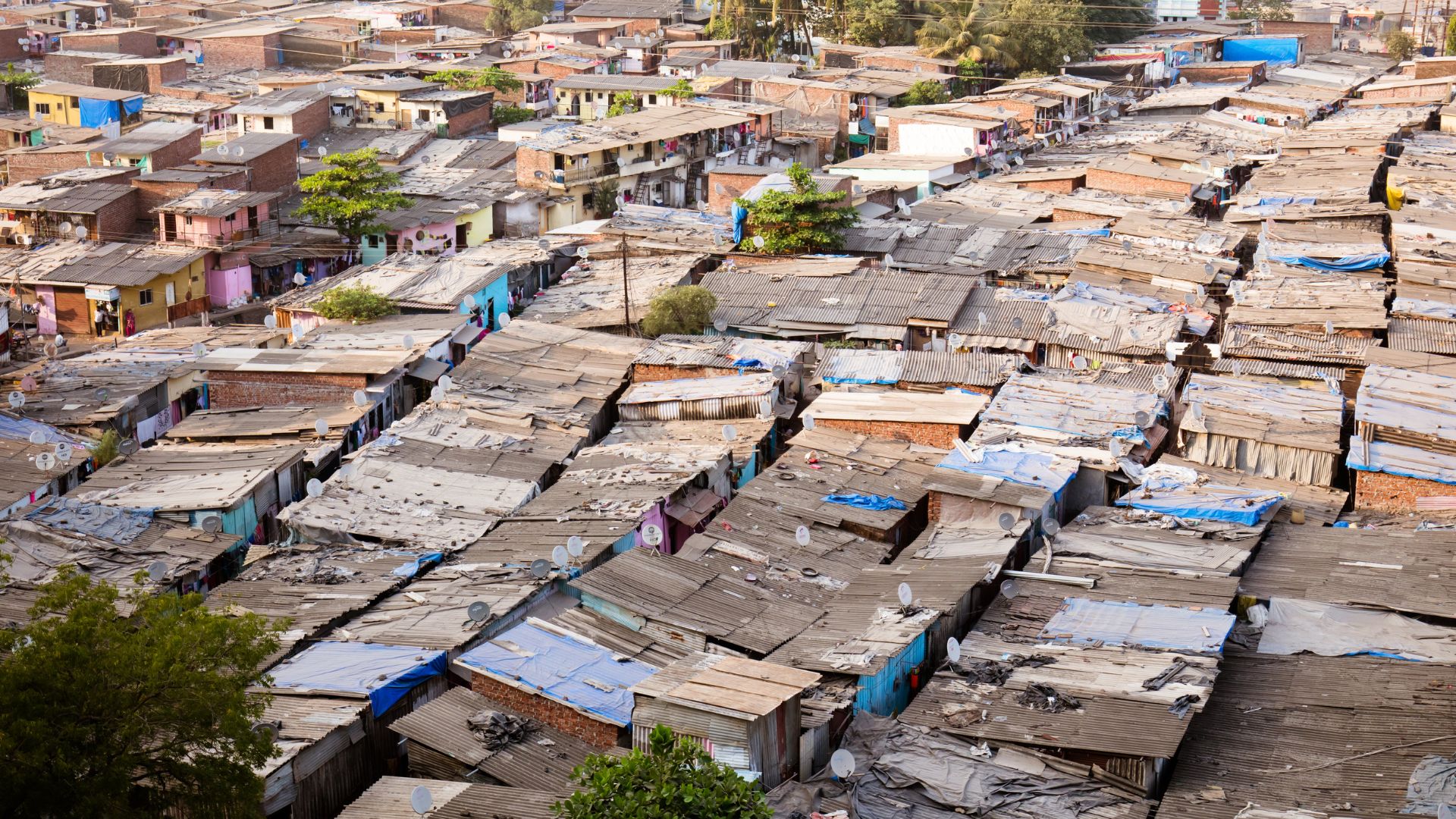Slum policies in India: Political discourses, outcomes, and policy shifts

The document titled “Slum Policies in India: Political Discourses, Outcomes, and Policy Shifts” provides an in-depth analysis of the evolution of slum policies in India since independence. It examines the political narratives surrounding these policies, the effectiveness of various initiatives, and the shifts in strategy over time. By focusing on key national policies, including the Jawaharlal Nehru National Urban Renewal Mission (JNNURM), the Rajiv Awas Yojana (RAY), and the Pradhan Mantri Awas Yojana (PMAY), the document seeks to understand how political discourses have shaped outcomes in slum upgrading efforts.
Historical Context
The document begins by outlining the historical context of slum policies in India, noting that early approaches in the 1950s primarily focused on demolition and eviction rather than upgrading. As urbanization increased, the need for more humane and effective solutions became apparent. The 1970s and 1980s saw a shift towards recognizing the rights of slum dwellers, although many policies remained inadequate in addressing their needs.
Further reading:
An analysis of India’s slum policies and their performance – CAG cag.org
[PDF] Slum policies in India: Political discourses, outcomes … – DUMAS dumas.ccsd.cnrs
Key Policies Analyzed
1. Jawaharlal Nehru National Urban Renewal Mission (JNNURM)
Launched in 2005, JNNURM aimed to improve urban infrastructure and housing for the urban poor. While it emphasized community participation and sought to provide basic services, the outcomes were often disappointing. Many projects faced delays, cost overruns, and a lack of genuine community involvement. The focus on redevelopment frequently resulted in relocation rather than in-situ upgrades, undermining residents’ stability.
2. Rajiv Awas Yojana (RAY)
Introduced in 2009, RAY aimed for a “Slum-Free India” by promoting in-situ redevelopment and providing secure tenure for slum dwellers. The document highlights that while RAY signalled a policy shift towards more inclusive practices, its implementation faced similar challenges as JNNURM, including poor service quality and unoccupied housing units.
3. Pradhan Mantri Awas Yojana (PMAY)
PMAY was launched in 2015 with a vision of “Housing for All by 2022.” The document notes that while this initiative has made strides in increasing housing availability, it has also struggled with execution and has not fully addressed the complexities of slum upgrading.
Political Discourses and Their Impact
The analysis reveals that political discourses surrounding slum policies often reflect broader electoral strategies rather than genuine commitments to improving conditions for slum dwellers. Politicians frequently use slum upgrading as a tool to garner support from marginalized communities without delivering substantial results. The document argues that this disconnect between political rhetoric and actual outcomes has led to scepticism among residents regarding government intentions.
Outcomes of Slum Policies
The review of outcomes indicates that despite ambitious goals set by these policies, many residents continue to face significant challenges:
- Evictions and Displacement: Many slum dwellers remain at risk of eviction due to ongoing redevelopment projects.
- Inadequate Infrastructure: Basic services such as sanitation, water supply, and waste management are still lacking in many upgraded areas.
- Community Disengagement: The lack of genuine community participation has resulted in feelings of disenfranchisement among residents.
Recommendations for Future Policy Directions
The document concludes with several recommendations aimed at improving future slum policies:
- Enhance Community Participation: Policies should prioritize genuine engagement with slum residents throughout planning and implementation processes.
- Focus on In-Situ Upgrading: Emphasizing in-situ redevelopment can help maintain community ties and reduce displacement risks.
- Strengthen Legal Frameworks: Providing secure land tenure is essential for empowering residents and encouraging investment in their homes.
- Monitor and Evaluate Outcomes: Establishing robust mechanisms for monitoring policy impacts can help identify successful strategies and areas needing improvement.
- Integrate Slum Policies into Urban Planning: Slum upgrading should be a core component of broader urban development strategies to ensure sustainable growth.
Conclusion
In summary, “Slum Policies in India” highlights the complex interplay between political discourse and policy outcomes in addressing urban poverty through slum upgrading initiatives. While significant efforts have been made to improve conditions for slum dwellers, persistent challenges remain due to inadequate implementation and a lack of genuine community involvement. The document calls for a re-evaluation of strategies to ensure that future policies effectively address the needs of one of India’s most vulnerable populations while fostering inclusive urban development.

